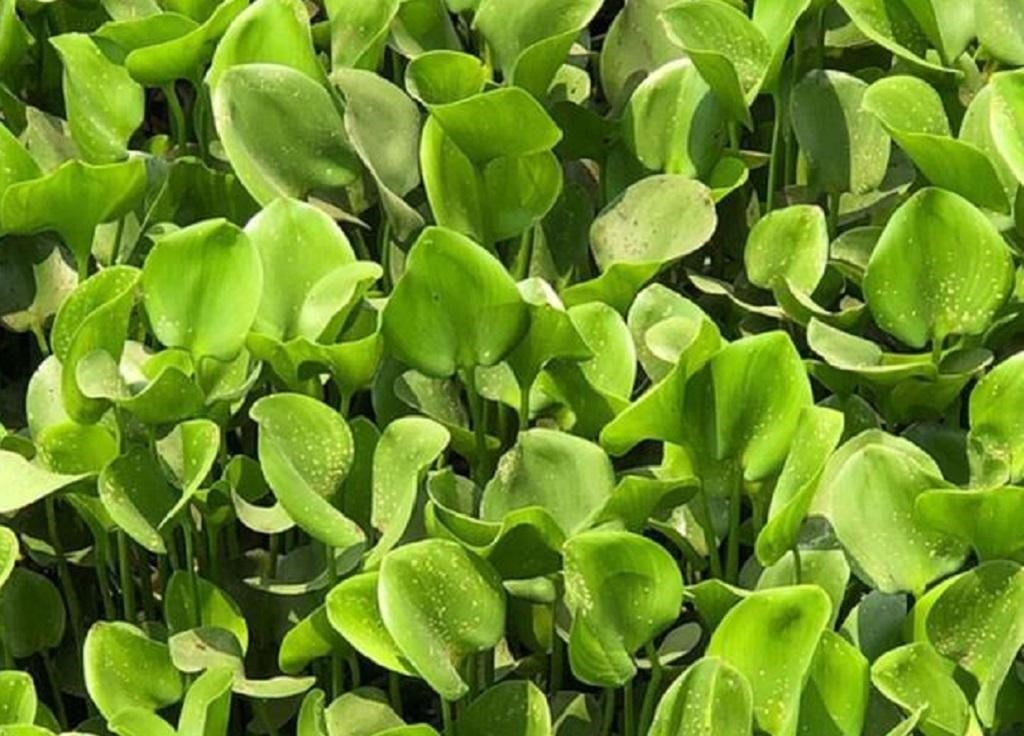Maharashtra
Water Hyacinth in Maharashtra
- 27 Mar 2025
- 3 min read
Why in News?
A thick layer of water hyacinth has engulfed the Mula River near Holkar Bridge in Maharashtra, severely affecting its flow and visibility.
Key Points
- About the Issue:
- Residents report that despite multiple complaints, authorities have made minimal efforts to clear the invasive weed from this crucial waterbody.
- The presence of water hyacinth is a key bio-indicator of high organic pollution in the river, highlighting the deteriorating water quality.
- Regular visitors express concerns over increasing the risk of vector-borne diseases such as malaria, dengue, and chikungunya.
- Environmental activists reveal that over 50% of untreated sewage from Pune continues to flow into city rivers, exacerbating pollution levels.
- Despite the ongoing Mula-Mutha pollution abatement project, progress remains sluggish, failing to mitigate the crisis effectively.
- Water Hyacinth:
- About:
- Water hyacinth, scientifically known as Eichhornia crassipes Mart. (Pontederiaceae), is an aquatic weed common in waterbodies across South Asia, including India.
- This is not an indigenous species but was introduced to India during the British colonial rule as an ornamental aquatic plant from South America.
- The plant produces beautiful purple flowers that have high aesthetic value.
- Significance:
- The plant has been used as a bio-fertiliser in some organic agriculture practices.
- This plant is a good phytoremediation species, suggesting it has the ability to trap and remove toxic metabolites and harmful heavy metals from water.
Mula River
- The Mula River flows through Pune in the state of Maharashtra.
- It is dammed near the Western Ghats at the Mulshi Dam, which creates the Mulshi Lake.
- Within Pune city, the Mula River merges with the Pawana River on its left bank and the Mutha River on its right bank.
- After these confluences, the river is known as the Mula-Mutha River.
- The Mula-Mutha River eventually joins the Bhima River, contributing to its flow.





